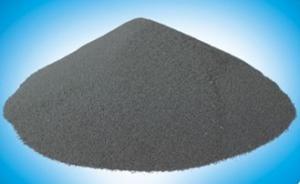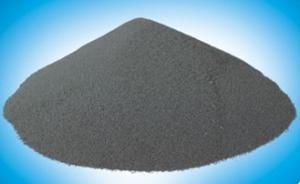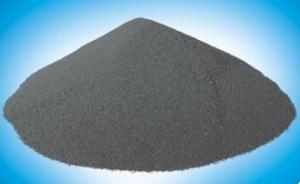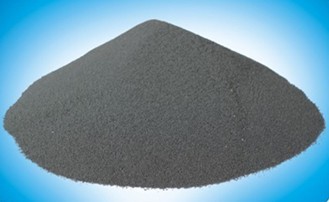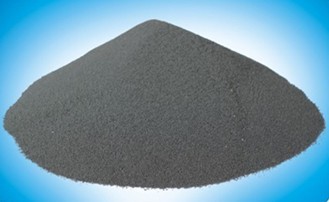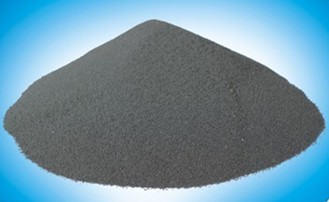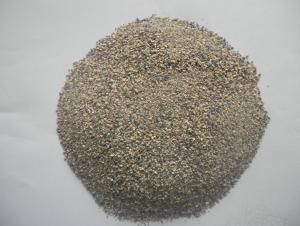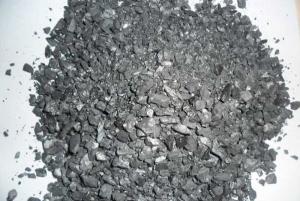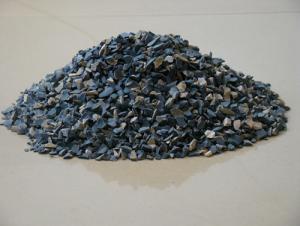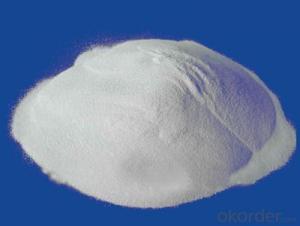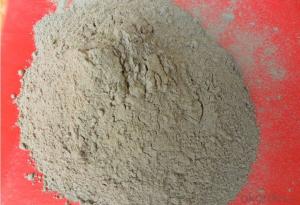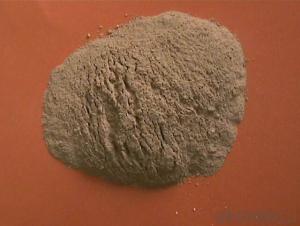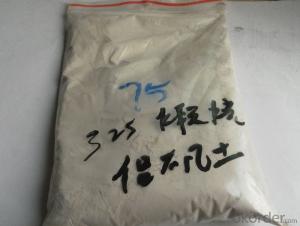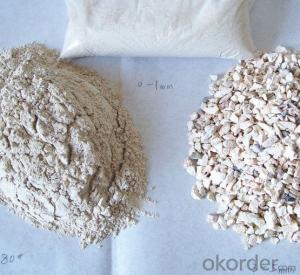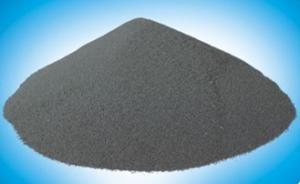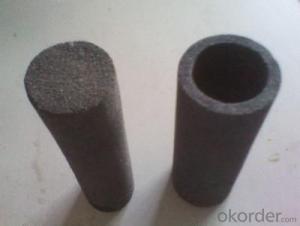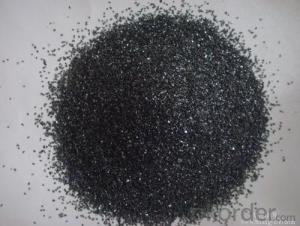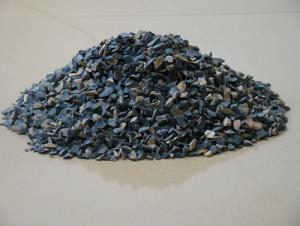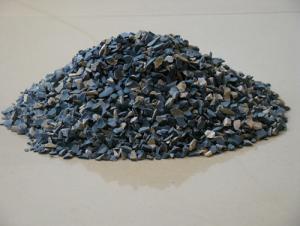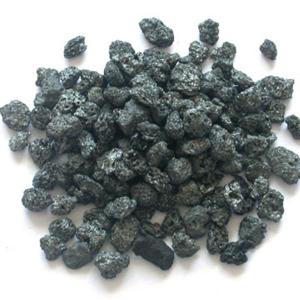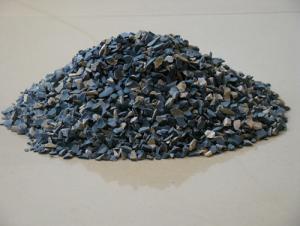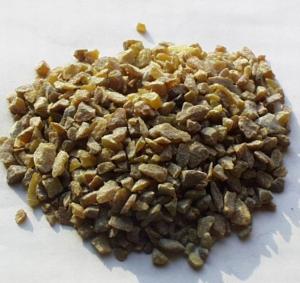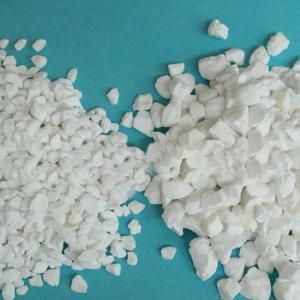Raw Materials for Refractory CSP Slab CCM Mold Protect Slag
- Loading Port:
- China Main Port
- Payment Terms:
- TT OR LC
- Min Order Qty:
- -
- Supply Capability:
- -
OKorder Service Pledge
OKorder Financial Service
You Might Also Like
CSP slab CCM mold protect slag
Product description
Be known as metallurgical technology "high-tech" thin slab continuous casting in the past two years developing fast in China, and with the pearl river steel, handan steel company baotou steel companies and companies such as introducing CSP technology, now and a number of handan has gone into production. Corresponding to bring thickness thin, drawing speed high thin slab continuous casting mould manufacture of protective slag production problem, 2003 with the joint work BeiKeDa developed, and obtained the breakthrough, low carbon steel, middle-carbon steel and experimental results show that the protective slag reached the country slag protection quality level, to prevent leakage steel and binding in slab surface quality better than import slag, be expert evaluation for domestic alternative product.
Applicable condition
Model index | SiO2 Al2Q2 Fe2 O2 CaO MgO Na2O F C R |
TY-2 | 28±3 3~6 <1.5 30±3 <2 9±2 6~9 7~10 1.07±0.2 |
TY-9 | 31±3 3~8 <2 31±3 3~6 9±2 4~7 5~9 1.00±0.2 |
Physical components
model | Water melting point ℃ melting speed (S / 1300 ℃) size 0.1 ~ 1 viscosity (poisson / 1300 ℃) |
TY-2 | ≤0.5 1100±30 25~35 90% 1.25±0.5 |
TY-3 | ≤0.5 1100±30 18~28 90% 1.70±0.5 |
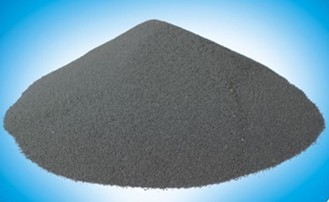
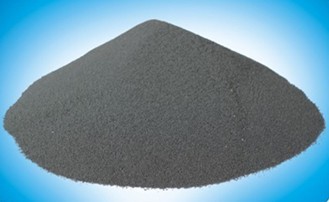
- Q: What kind of flexible fireproof material is really good?
- The best one is grade A fireproof material. A-class fire flexible material adopts clay, stone, sand, cement blocks and other inorganic powder and modifier and product density is 2327 kg/m3. Upon examination, the combustion performance of this product is in accordance with the grade A specified requirements and additional classification meets A s2, d0, t0 level requirements. According to GB 8624-2006, the combustion performance of product reach A2 - s2, d0, t0 level.
- Q: Are the specification of fireclay bricks and ordinary clay brick the same?
- The standard size of refractory bricks in our country is: 230mm × 114mm × 65mm; ordinary brick: 240 ×115 ×53, building blocks: (it is divided into blind hole and via) 240×390×190, 240×190×190, 240×90×190, 190×190×190, 190×390×190, 190×190×190, 190×90×190, 140×390×190, 140×190×190, 990×200×400, 0×390×190, 90×190×190, 90×90×190. Another is interlocked hollow block : 90×200×400,90×200×245,90×200×200,90×200×100,90×200×290,150×200×275,150×200×200,150×200×100,150×200×290.
- Q: How to use fireclay?
- Fire-resistant adhesive material is needed, its effect equals to the cement. Cement will certainly do.
- Q: who knows the uses of refratories?
- 1. Category: chinalco refractory aggregate Al2O3 containing about 35% -40%, high-alumina refractory aggregate containing 55% Al2O3. Widely used in thermal equipment, high-temperature furnace wall, heatable brick bed, chimneys, lining and other basic construction, it is mainly used in military, warehouse, air defense, industrial and mining enterprises, and general industrial furnace, the finest raw materials in cement admixture and expanding agent plant. Having a low density, thermal conductivity, water absorption, fire-resistant thermal insulation properties. Lightweight mullite refractory aggregate: This project uses natural materials to synthesize advanced refractory raw materials. It is a new synthetic materials. lightweight refractory aggregate to make lightweight refractory castables at high temperature has been in short supply. In most cases it is replaced by used light weight brick pieces. the entailing problem is : high-temperature lightweight castable refractory shrinks at high temperatures, affecting the performance of high-temperature lightweight castable refractory. high alumina refractory aggregate is often used.
- Q: What kind of refractory materials are used in the intermediate frequency furnace?The domestic boric acid can be used as a lining?, how much is the rate?
- The variety of refractory materials for intermediate frequency furnace is mainly made of aluminum and silicon, both shaped and unshaped refractory materials are available. I have no ideas what you said boric acid, I’ve never seen that boric acid was used as an additive.
- Q: What is the difference between the fire?rating and the fire resistant level of the fire-fighting equipment?
- Fire rating and fire-fighting rating are the misnomer to the building fire resistant level. The building fire risk is measured by fire resistant level. The article 3.2.1 and 5.1.7 of "Architectural design code for fire protection" have made provision respectively on the fire resistant level of plant (the storeroom) and civil construction. Article 3.0.2 of "Code for fire protection design of tall buildings" has made provisions on the fire resistant level of tall buildings. Fire resistance rating of the building is divided into four levels. Standard of fire resistance rating is determined by the combustion performance and fire resistance of the main housing member. Level one or two are in accordance with the Article 1.0.2 in this specification.
- Q: Is there anyone who can explain how to grade the level of fire insulation board?
- The classification of fire proof level for thermal insulating material 1, Burning performance of building material can be classified into the following several grade according to national standard GB8624-97: Non combustible building materials: Non-conbustible material. Class B1: Refractory building materials: Flame retardant materials have good flame retardant effect.
- Q: How many kilns using refractories are needed? What are the furnaces respectively?
- There are many magnesia-chrome bricks and alkali insulation tiles); aluminum manufacturer roaster; The bottom of the glassworks regenerative chamber generally use the clay checker bricks, which is popularly used in many places of the steel mill. the upper of the power plant uses low pore brick and magnesia bricks. The forehearth uses the corundum bricks, and the cement plant uses dry and wet rotary?kiln (silmo brick
- Q: What is fire retardant coating mainly used for?
- The functions of refractory coating are as follows: 1. Non-intumescent fire retardant coating is mainly used for the fireproofing of wood, fiber board and other materials, and it is used in the surfaces of wood truss, roof, doors, windows and etc. Second, the intumescent fire retardant coating can be divided into non-toxic intumescent fire retardant coating, expansible fire retardant coating emulsions, solvent-based fire retardant coating. 3. Non-toxic intumescent fire retardant coating can be used to protect cables, polyethylene pipes and insulation board. 4, The expansible fire retardant coating emulsion and solvent-based fire retardant coating can be used for fireproofing of buildings, electricity power, and cables. 5. New fire retardant coating: Transparent fire retardant coating, water-soluble intumescent fire retardant coating, fireproof emulsion paint, polyvinyl acetate emulsion fire retardant paint, water-soluble intumescent fire retardant paint drying at room temperature, fire insulation coating polyolefin fire retardant coating, modified high chloropolyethylene fire retardant paint, chlorinated rubber fire retardant coating, firewall coating, intumescent coatings, wire and cable fire retardant paint, new fire retardant coating, casting fire retardant coating and so on.
- Q: Are the rubber insulation materials are refractory materials?
- Bushi
Send your message to us
Raw Materials for Refractory CSP Slab CCM Mold Protect Slag
- Loading Port:
- China Main Port
- Payment Terms:
- TT OR LC
- Min Order Qty:
- -
- Supply Capability:
- -
OKorder Service Pledge
OKorder Financial Service
Similar products
Hot products
Hot Searches
Related keywords
